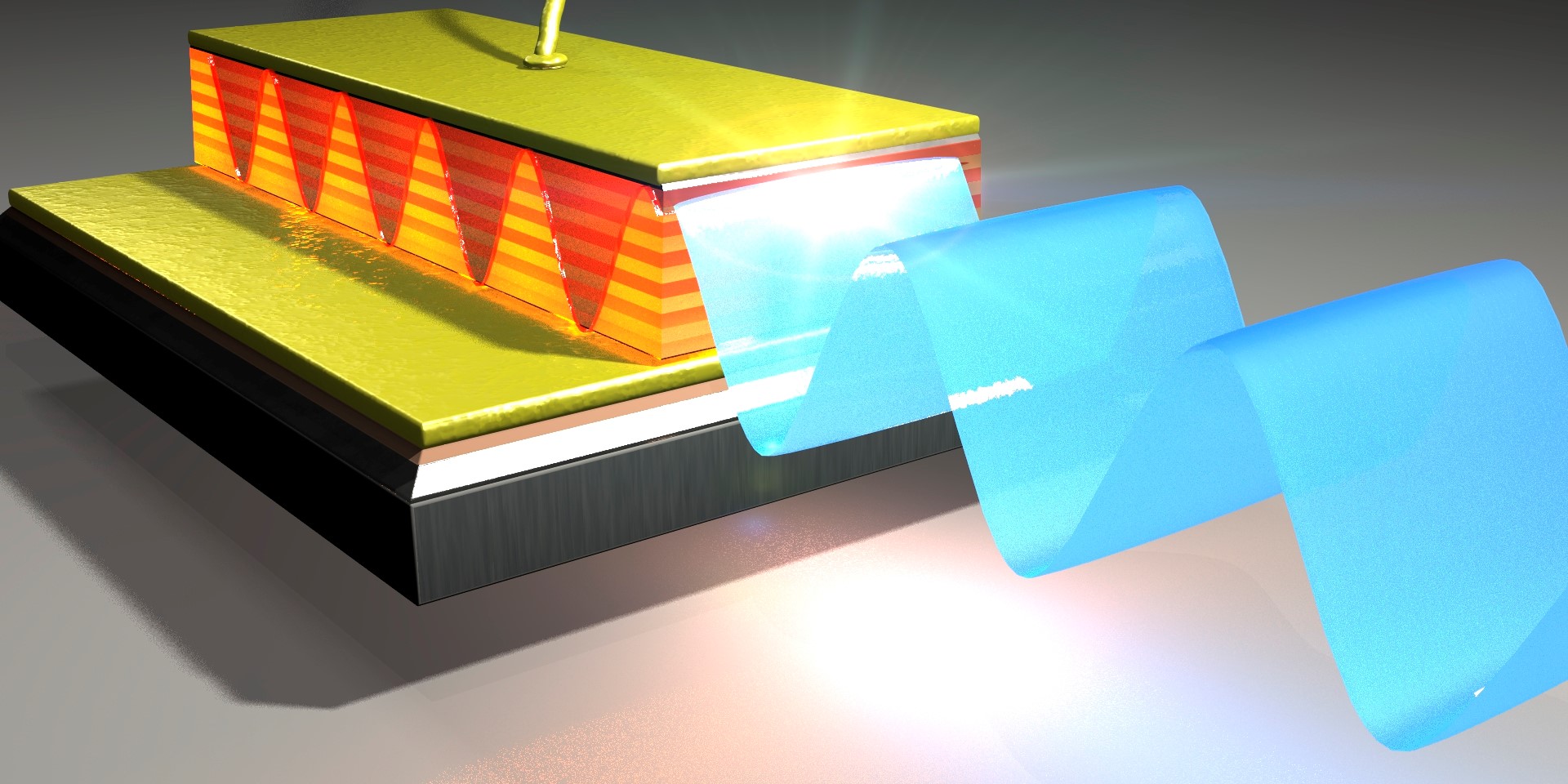
Quantum cascade lasers (QCLs) are compact semiconductor sources exploiting III-V superlattice materials that were first demonstrated in the mid-infrared (mid-IR) and, since 2002, in the THz frequency range. Laser action arises from transitions between electronic subbands formed in a series of quantum wells and, by ‘cascading’ a number of such active regions together, the injected electrons undergo multiple lasing transitions as they pass through the device. The entire characteristics of the laser can therefore be controlled through artificial bandstructures and by the design of the semiconductor superlattice. The QCL concept has enabled powerful and compact sources to be realized in previously inaccessible regions of the electromagnetic spectrum. In the THz range (>50 µm), QCLs have also shown remarkable performances over the range 1–5 THz range, with demonstration of high powers (> 1 W), photonic and far-field engineering, and a quantum limited linewidth. These advances have permitted THz QCLs to be made commercially available with recent work in 2020 showing operation on inexpensive Peltier coolers, from working at helium temperatures in 2002.
On the other hand, Interband Cascade Lasers (ICLs) have strongly impacted the mid-infrared region (3 µm to 5 µm region). These semiconductor sources combine the interband transition of a conventional diode laser with the voltage-efficient cascading scheme introduced by the quantum cascade laser (QCL). Importantly they typically have laser threshold powers that are an order of magnitude below QCLs making them ideal for extremely compact, stable and battery powered systems.
With these technological developments, interest has turned towards the fundamental operation and applications of these devices. The group is particularly interested in the ultrafast and nonlinear response of THz QCLs. Indeed, recent work shows that these devices are extremely fast, with dynamics orders of magnitude faster than other lasers, and with giant nonlinearities. This impacts are wide variety of applications, from modelocking and frequency combs, to THz quantum optics, adding new and exciting functionalities to these parts of the electromagnetic spectrum.










